6 of The Best B2B Social Media Marketing Strategies

Social media is a place for people. Millions if not billions of people congregate on these social networks, spending their time reading posts from friends, being subjected to advertising, arguing with one another, and generally having a great time. They're compelling, they're addictive, and they're packed full of B2C advertisers.
Anywhere a huge audience congregates is a place that businesses want to monetize. If you can get your message in front of those people in a way that compels them to check out your store, you win. That's why advertising is a core part of every social network, and the ones that try to do without it (like Ello; remember them?) end up failing.
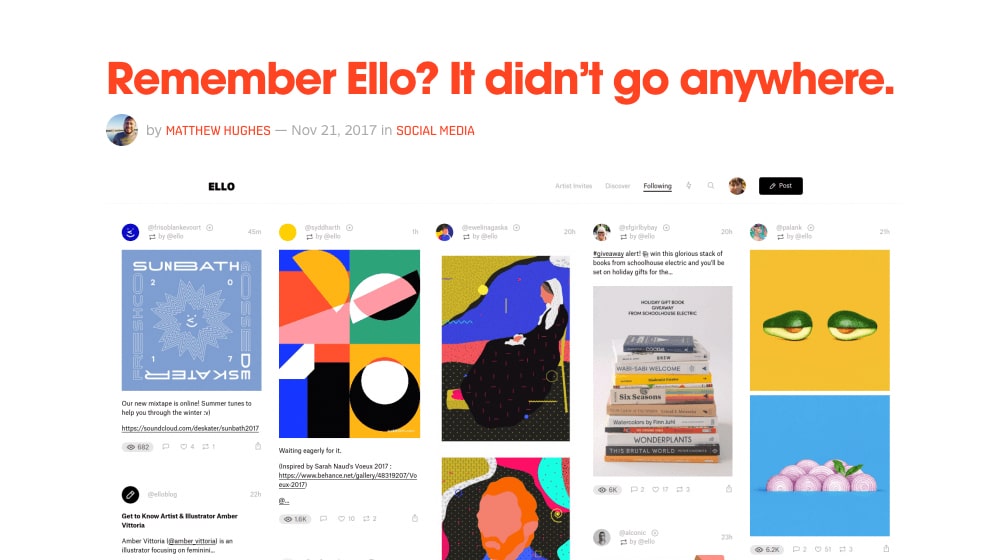
You might wonder, then, why I'm writing a post about B2B advertising on social media. If social media is a huge haven for B2C marketing, what place does B2B have? After all, most of those people you're reaching don't care about what you have to offer in terms of business products and services. The average John Doe doesn't have much use for enterprise-grade software.
The trick is in recognizing that some of those people are businesses. Either they're individuals who own a business, or they're key decision-makers in larger businesses. CEOs, directors, managers; they all exist as people, and as people, they have social media accounts.
Of course, you're unlikely to get your message in front of Mark Zuckerberg or Jeff Bezos directly. Many of the highest power business owners have people to manage their social media for them - if they even use it. For small businesses, sole proprietors, and mid-size brands, though? Those people are on social media, and you can reach them.
You may be reaching them about services for their business rather than services for themselves, but you're still reaching them with your advertising.
The only question, then, is how. How do you reach these people and market to them?
I've picked out six strategies that I've found to be the most effective.
1. Monitor Your Competition
Perhaps one of the best strategies you can use on social media is monitoring your competitors. Look at what they do, see how they advertise, see who they target, and how. What kind of copy do they write? What kind of images do they use? How do they promote their brand? Who engages with them?
Business marketing is a cutthroat game. Often a decision between you and your competition is a years-long commitment or more. A business is unlikely to buy from both you and them, after all.
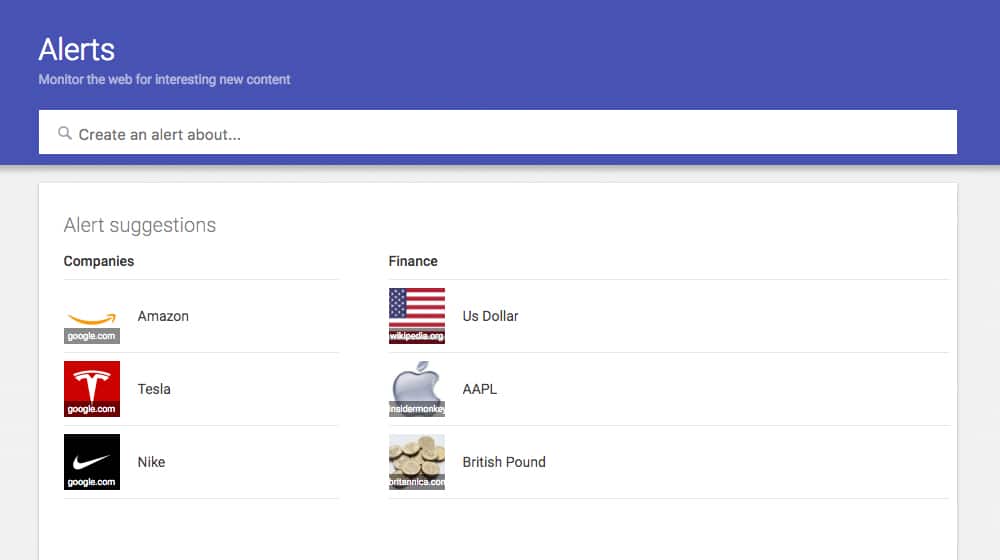
So how do you do it?
- Create alerts. Twitter lists allow you to monitor your competitor messaging in one spot without needing to follow them. Facebook allows you to follow a page without necessarily adding it to the list of pages you like. Social media monitoring tools can notify you when they post, and you can use monitors and Zapier to set up alerts and notifications.
- Monitor social media mentions. Keep an eye out for whenever one of your competitors' brands are mentioned by users. Sometimes it will be a pain point you can use as a jumping-off point to advertise your product. There are a variety of tools out there that will automatically run searches and notify you about relevant mentions.
- Use tracking tools. There are tons of tools out there that allow you to track social media activity. Many of them are aimed specifically at B2B competition-watching, too, so they have features and reports that drill down into exactly what you want. Examples include Sprout Social, Phlanx, Social Blade, and BuzzSumo.
Of course, knowing is only half the battle. Figuring out what you want to do with all of that knowledge is another thing altogether. There are innumerable organic and paid marketing strategies you can use depending on what information you find.
2. Engage in Conversation
Remember that social media is not a one-way advertising platform. You're not using it to throw marketing into the world and wait to see if it works. It's not a spiderweb, waiting for people to get caught in your strands. It's a conversation engine. Above all, people want to have conversations. They want to post content and get comments on it, and when they leave comments, they want to get engaged responses.
This is a multi-step process.

1. Start by driving engagement on your content. Posting high quality, relevant content to your audience is key here. You can promote it via other channels like feed embeds in your blog and email list. Pick influencers in your industry and collaborate with them, whether it's a simple partnership like a social media takeover, a basic sponsored content campaign, or a longer-term relationship.
2. Monitor your comments. You may do this naturally through the platform, or you might consider using a social media marketing platform to aggregate comments for you. When you get a new comment, reply appropriately. Take the time to read and analyze comments; simple "thanks" style posts don't need much response, but more insightful comments deserve more. More importantly, customer inquiries require special attention.
3. Remember to humanize your brand. You don't need to litter your posts with emojis or use memes, though if you're a savvy enough brand (like Wendy's) you can pull it off. Just be human; respond like a human, speak on individual terms, and empathize with your customers.
4. Other tools that social media offers can be useful as well. Live videos, for example, give you a chance to set up direct Q&A and engagement events where your readers can make their voices feel heard. That's what it all comes down to; helping them feel like you're paying attention.
3. Post Relevant Content
Social media is nothing without content.
So, think about who your customers are.
- What industries are they in?
- What interests and concerns do they have?
- What do they consider news?
- What are their pain points?
- Why are they following you, and what can you provide to them to justify that follow?
Industry news and updates, with your insightful commentary, are one of the best things you can share. Your customers care about their industry, so sharing news in that industry is a valuable service. They might get that news from somewhere else first, though, so you need to attach unique value to it. What context can you provide? What evidence do you have to support or refute the news? How do you think the news affects the industry or your service in particular? This is all-important information.
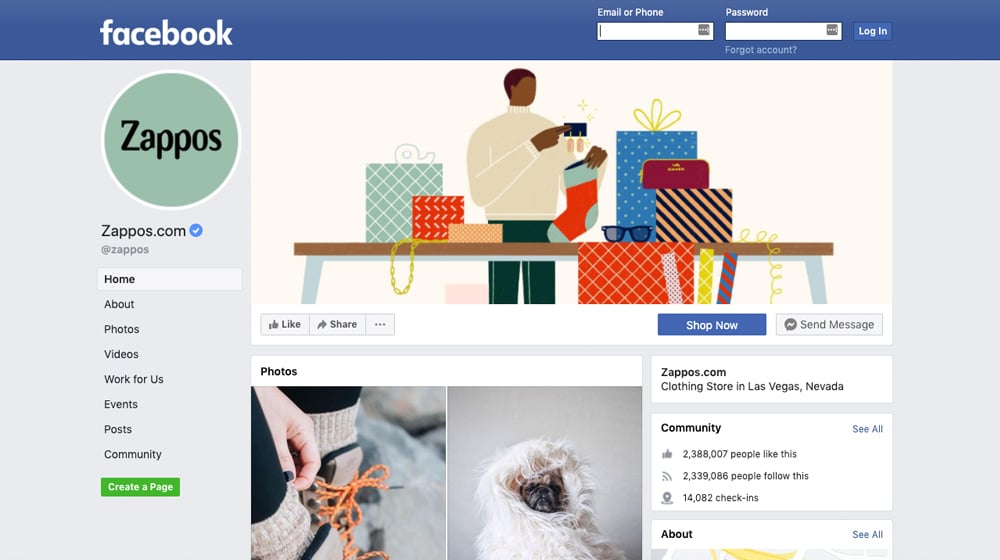
Another kind of content is directed at your existing customers. Readers who are not customers won't get much out of it, though. What is it? Usage tips and guides for your products. Consider what the average use case is amongst your customers, and give them instructions on how to use features that are lesser-known, but still valuable. You don't necessarily want to jump into the deep end with your instructions, but instead, give users a gentle next step towards advanced uses of your product.
Of course, that's not always possible. For example, a company selling office chairs can't exactly give advanced usage tips; you adjust it, you sit on it, and that's that. Still, that company can look for discussions of ergonomics and trends in sitting, standing, and transition seating options.
There's always something - if you look.
4. Celebrate Your Customer Success Stories
You have customers, right? So you must be doing something right.
This gives you extra ammo for your social media feeds. You can feature their brand, talk about what they do, what their pain points were, and how your product solved them. You can talk about the services you provide, the value they've found, and give a direct testimonial from the people in charge of that business. Your readers might not trust you on your word, but they'll trust your satisfied customers.

The customer you interview benefits as well. They get exposure via your social feed, and if they're in the right industry, they can take advantage of that exposure to bolster their brand. You can also incentivize what you provide by offering free months of service, free products or upgrades, or discounts of some kind. To be clear, you're not paying them for a positive review; you're incentivizing any review at all. You just happen to only promote positive reviews.
As a related kind of content, survey your users and customers, or study usage statistics. Build up data and present that data in a useful way to industry users. Case studies and reference files are extremely good for SEO, link building, and building citations.
5. Advertise to Decision-Makers
One thing to remember is that, while there are billions of people on social media, and many of them may follow you, not all of them have authority or purchasing power. You need to target the people who do, specifically, to get the most out of your marketing.
Social networks often give you a lot of options for targeting. Facebook is the king of targeting options, but other networks may have a stronger presence of decision-makers (like LinkedIn) or good enough targeting (like Twitter.)
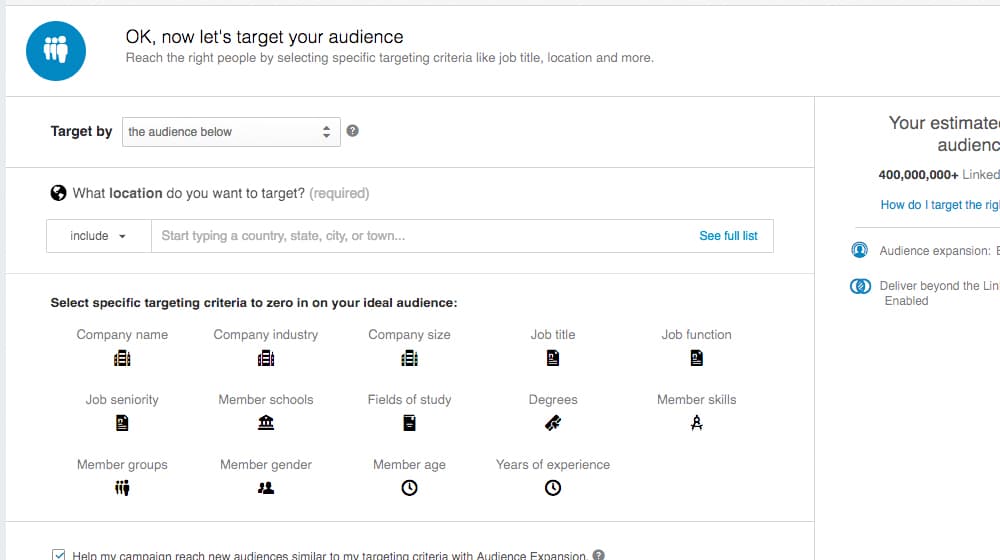
Target users based on job title, role, and employer. Target them based on professional development and education level. Target lookalike audiences with business owners and with your customers. You can even use geo-targeting to reach people who work in a corporate area, or around the headquarters of a business. Looking for places and keywords that reach decision-makers is critically important.
Don't forget to tailor your paid advertising specifically for those decision-makers. Treat them with respect and authority, respect their time, and address their concerns, and it shouldn't be a hard sell.
Of course, there's one element I haven't discussed yet; picking the right social networks. Not all social networks are ideal for B2B marketing.
Your initial suspicion is probably that the best option is LinkedIn, and you're half-right.
LinkedIn is great, don't get me wrong. It's great if you have smaller-scale marketing, highly targeted advertising, and long-term plans. It's not great for immediate results.
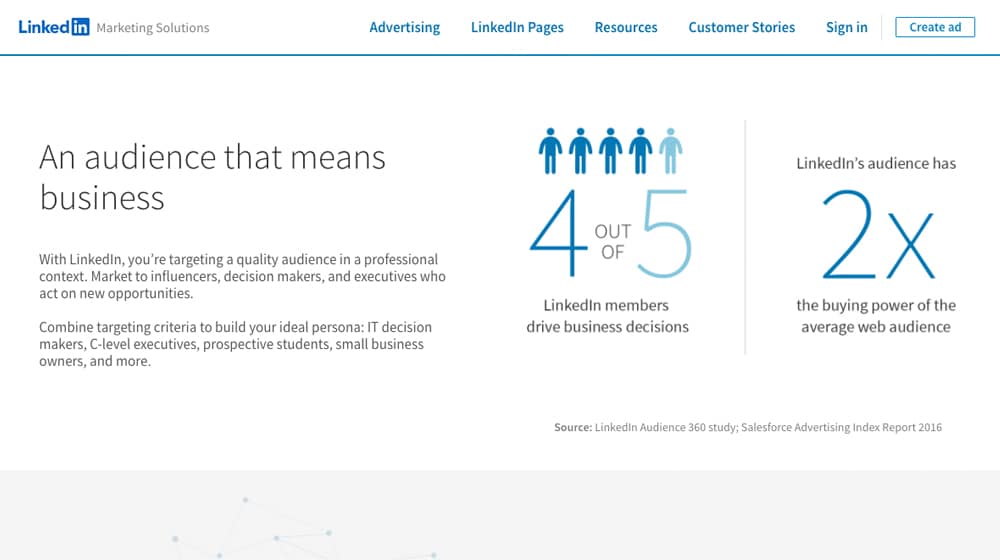
Facebook is the second option for the best social network to use, and for one obvious reason: volume. Facebook has something like 100 billion users or so (I haven't checked recently), which means everyone who has ever lived on the entire planet has an account they check religiously.
Okay, so I'm exaggerating a bit, but I'm closer to the mark than you might think. Facebook is so prevalent that it's nearly impossible to overstate how huge your potential audience is. And, while Facebook has a lot of problems, it's still a powerful advertising engine.
I have my qualms about Facebook advertising in the future (see this post for more details) but it's still a powerful tool for now.
Surprisingly enough, Instagram is actually the top B2B platform, with one major caveat; you need to be visual and, often, humanitarian. The most successful Instagram brands showcase their humanity, their outreach, and the humanization of their customers. You need to be able to create empathetic content if you want to succeed on the platform. That said, Instagram is powered by Facebook ads, so you get all of the benefits of those there as well.
Twitter is the other option most people turn to these days. You can target people on Twitter based on keywords in their bio and their activity, but it's nowhere near as robust as other systems. Reaching business owners and decision-makers is harder, but still possible. It's a very different kind of advertising via tweet, though, so I recommend reading up on it.
Overall, though, it's very possible to have success with B2B marketing on social media. You just need to know how to approach it and, most importantly, who to approach.



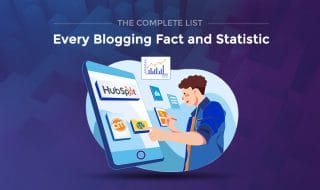

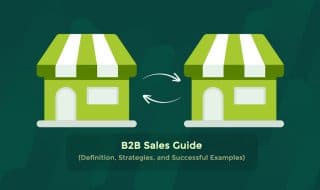




March 18, 2021
I tried advertising to company CEOs but the total amount of people reached was too low. Any advice?
March 25, 2021
Hey JM! Try loosening up your targeting parameters. If you get too narrow with your targeting your ads may not run. You can broaden your geographic targeting, remove some of the industry specifications, and see how things are looking after that.
July 21, 2024
Fantastic post! The B2B social media marketing strategies shared here are insightful and actionable. It's great to see a focus on building relationships and leveraging data to drive success. Thanks for the valuable tips!
July 23, 2024
You're very welcome!